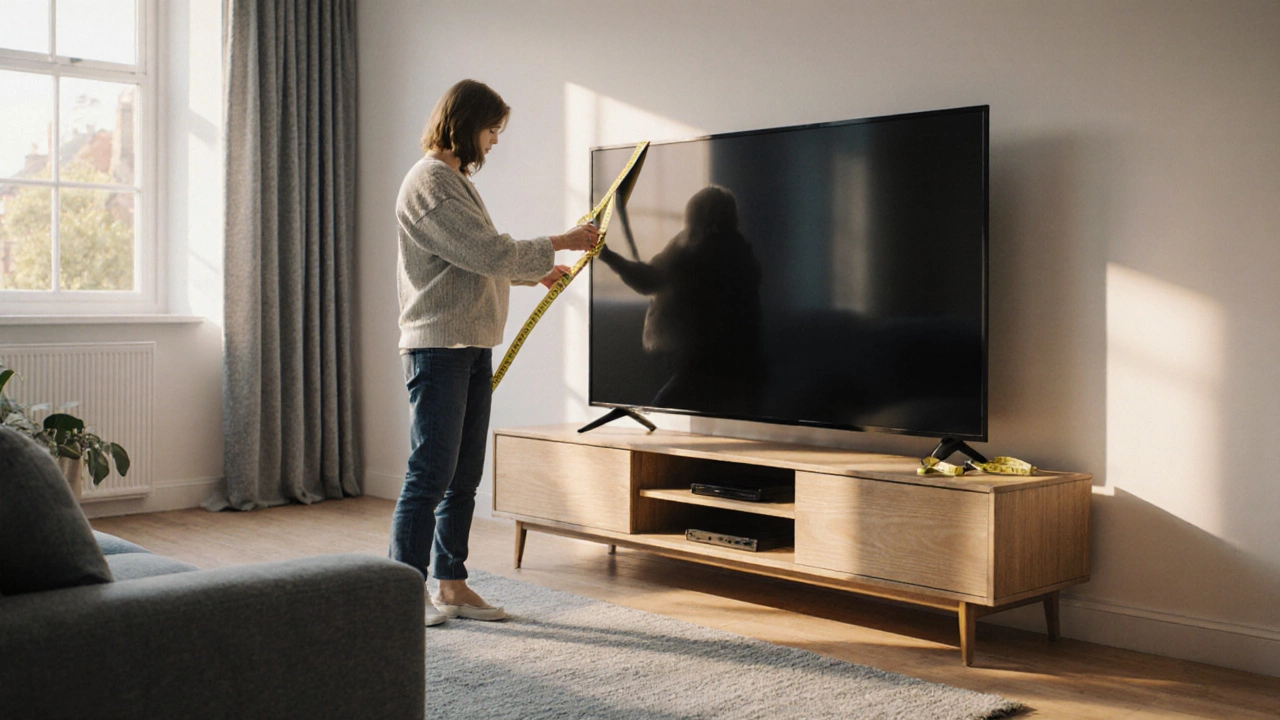Best TV Stand for 65 Inch – Find Your Perfect Fit
When hunting for best TV stand for 65 inch, the goal is a piece that supports the screen, matches the room’s style, and keeps viewing comfort high. Also known as a large‑screen TV console, it blends function and design, letting you enjoy movies without neck strain or awkward looks. Choosing the right stand starts with understanding the core measurements and how they interact with your space.
Key Measurements and How They Connect
The first related entity to consider is TV stand size. A 65‑inch TV typically measures about 57 inches wide, so the stand should be at least 60 inches to avoid overhang. Width, depth, and load capacity all fall under this entity’s attributes. Next, think about TV height on the stand. Ergonomic research shows the ideal eye‑level height is roughly 42‑45 inches from the floor for seated viewers; a stand that lifts the screen to that zone reduces neck fatigue. Pairing the right size with the correct height creates a stable platform that looks intentional and feels comfortable.
Beyond the stand itself, the viewing experience hinges on TV viewing distance. For a 65‑inch model, most experts recommend sitting about 8‑10 feet away, which balances clarity and immersion. This distance ties back to the stand’s depth – too shallow and you might need to lean forward; too deep and the TV sits awkwardly low. Finally, TV wall color plays a subtle but real role. Dark walls reduce glare and make the screen pop, while light walls can brighten the room but may introduce reflections. Matching the wall hue with the stand’s finish helps the whole setup feel cohesive.
All these pieces – stand dimensions, height, viewing distance, and wall color – form a network of decisions that affect each other. In the list below you’ll find practical guides, step‑by‑step tips, and real‑world examples that walk you through measuring, picking materials, and styling your entertainment area. Dive in to get a clear picture of how to bring the perfect TV stand into your home.
TV Stand Size Guide for a 65‑Inch TV
Learn how to pick the perfect TV stand for a 65‑inch TV. Get exact width, depth, height, weight limits and feature tips for a safe, balanced setup.
More
